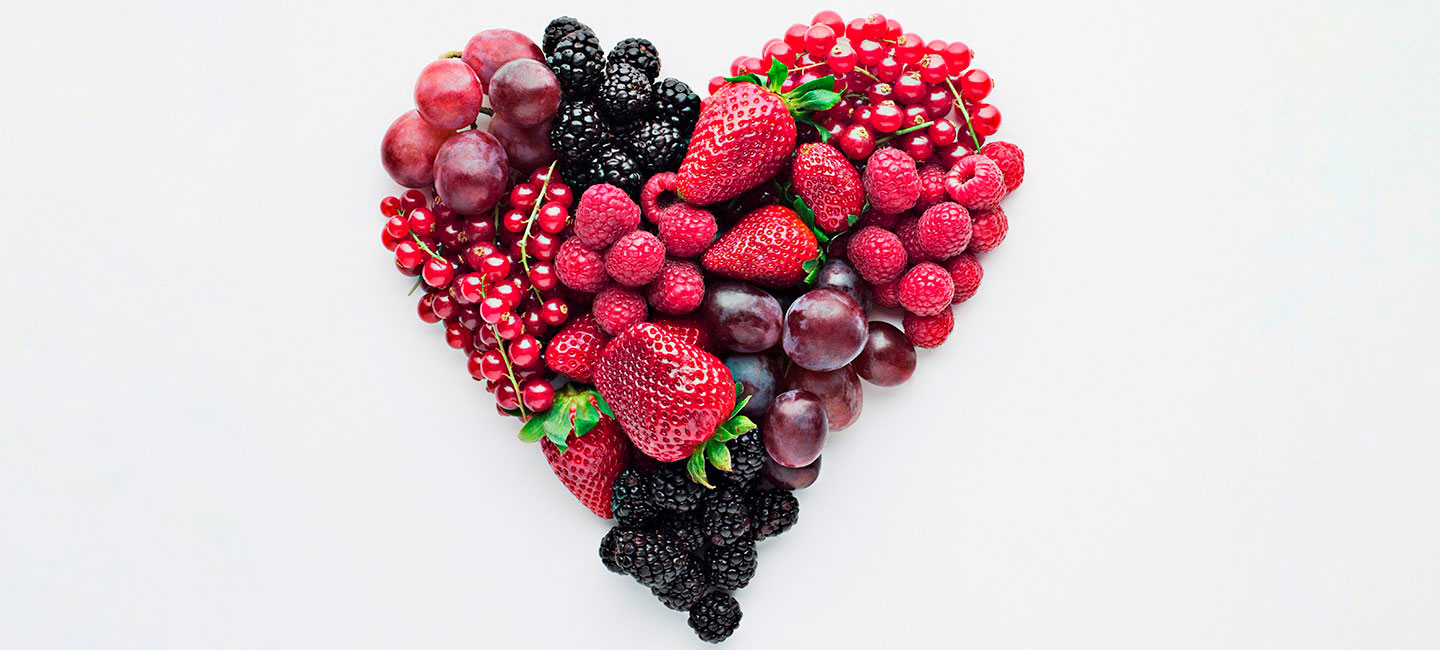If You Have Cancer, Heart Health Matters More
Everyone should be concerned with heart health, but it is especially important for those who have been treated for or are undergoing treatment for cancer.
While meant to be lifesaving, cancer treatment can be tough on the body, specifically the heart. For patients with an underlying heart condition, cancer treatment could make them especially vulnerable.
So maintaining a healthy heart is key for anyone with a history of cancer and for those who want to maintain a healthy cardiovascular system.
According to Allison Pingel, a registered dietitian at Moffitt Cancer Center, maintaining a healthy heart starts with the food we eat.
“Bright colored berries that are red, blue and purple are high in fiber, vitamin C and antioxidants,” Pingel said. “Berries can lower your blood pressure and cholesterol while reducing oxidative stress.”
Pingel suggests adding strawberries, blueberries or blackberries to your morning cereal, oatmeal or smoothie.
And speaking of oatmeal, Pingel says oats are whole grains that can lower cholesterol thanks to the soluble fiber they contain. Fiber helps regulate blood sugars and makes you feel fuller longer.
“Oats also help with blood flow by dilating blood vessels thanks to the antioxidant avenanthramide,” Pingel said.
While eating healthy is important, being active is also a key part of strengthening your cardiovascular health. According to Jodi Miller, DPT, a physical therapist in Moffitt’s rehab services program, getting 150 minutes of moderate intensity activity each week is recommended. This can be done in 30 minute intervals spread out over five days.
“This can be any activity: walking, running, swimming, biking, tennis or yoga classes,” Miller said. “But it all adds up. You can even vacuum, dance, garden or push a shopping cart through the store.”
Of course, any activity should be discussed with your doctor, especially if you are undergoing cancer treatment. But resistance exercises with weights and resistance bands can benefit cardiovascular health. Miller recommends starting with low repetitions and light resistance before slowly increasing the intensity.
“Whole body exercises, like sit-to-stand, work major muscle groups and are most effective,” Miller said. “And it’s best for your cardiovascular health to spend more time standing and less time sitting. If you find yourself sitting a lot, take a few minutes each hour to stand up and move around.”
A healthy diet and exercise work together to improve cardiovascular health and can be incorporated into routines you’ve already developed. It just boils down to making healthy decisions.
“Add spinach to that omelet in the morning or have a kale and spinach salad for lunch or dinner,” Pingel said. “Try to do a meatless Monday and use beans as a source of protein in your meal rather than animal meat. A meatless chili or a bean burrito are both great options to replace meat.”
FOOD FOR A HEALTHY HEART
Berries – These are high in fiber, vitamin C and antioxidants and can lower blood pressure and cholesterol.
Beans – A great source of fiber and plant-based protein that limits saturated fats that are often linked to heart disease.
Nuts and seeds – Walnuts, pecans and chia seeds full of iron, zinc and omega-3 fatty acids that are linked to lower bad cholesterol in the blood.
Oats – Whole grains like this contain soluble fiber that can lower cholesterol and help regulate blood sugars.
Dark green leafy vegetables – Spinach, kale and collard greens are rich in fiber, folate, antioxidants and vitamin K, which play an important role in blood clotting and may inhibit the hardening of arteries.



